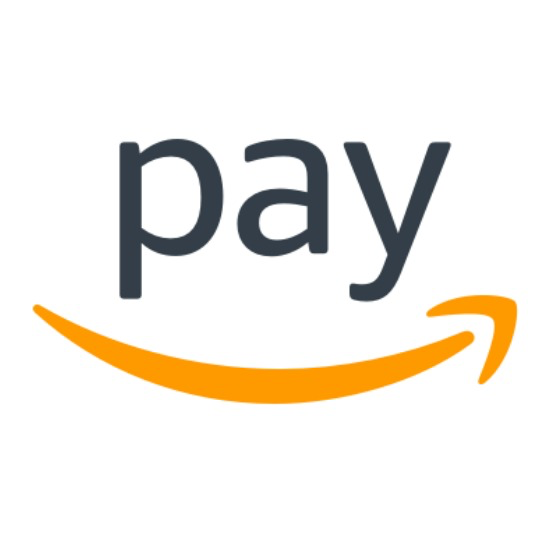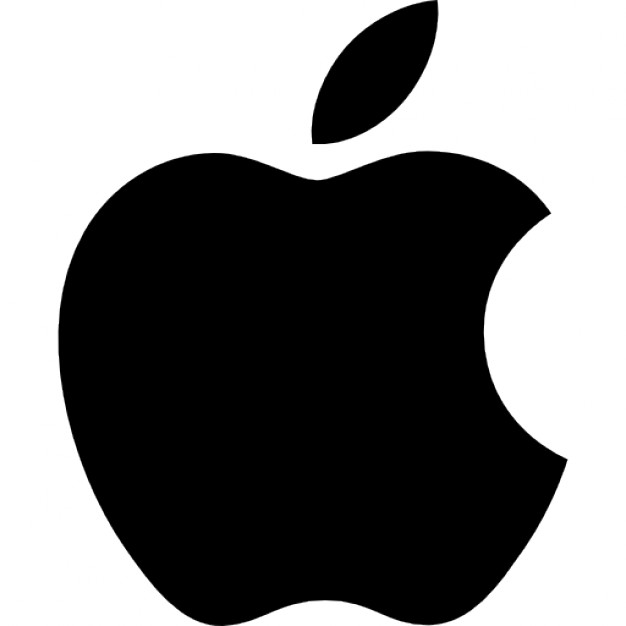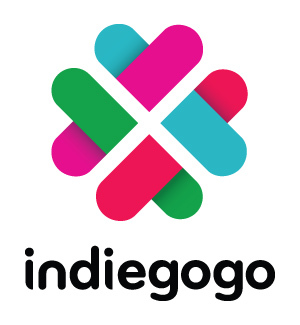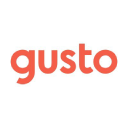How Our Sustainable Clothing Business Hit 7-Figures [Update]
This is a follow up story for Oliver Charles. If you're interested in reading how they got started, published over 2 years ago, check it out here.
Hello again! Remind us who you are and what business you started.
My name is Slater McLean. I’m the co-founder of Oliver Charles. We sell a single sweater for all of life made from Seaweed and Yak Wool - the ultimate sustainable materials.
Every Oliver Charles sweater is made in Brooklyn, NY, on advanced 3D-knitting machines that seamlessly "print" each sweater in a single piece, making them lighter and stronger while reducing waste. Made from world-renowned materials, they are known for being temperature-regulating and odor-resistant, ideal for repeat wear, and simplifying life. It's not just a sweater; it's a single item for all of life.
Since launching our first sweater on Indiegogo in the fall of 2020, we’ve grown to well over 7 figures a year in revenue. You can read more about how we got started from my original Starter Story.

Download the report and join our email newsletter packed with business ideas and money-making opportunities, backed by real-life case studies.

Download the report and join our email newsletter packed with business ideas and money-making opportunities, backed by real-life case studies.

Download the report and join our email newsletter packed with business ideas and money-making opportunities, backed by real-life case studies.

Download the report and join our email newsletter packed with business ideas and money-making opportunities, backed by real-life case studies.

Download the report and join our email newsletter packed with business ideas and money-making opportunities, backed by real-life case studies.

Download the report and join our email newsletter packed with business ideas and money-making opportunities, backed by real-life case studies.

Download the report and join our email newsletter packed with business ideas and money-making opportunities, backed by real-life case studies.

Download the report and join our email newsletter packed with business ideas and money-making opportunities, backed by real-life case studies.








































